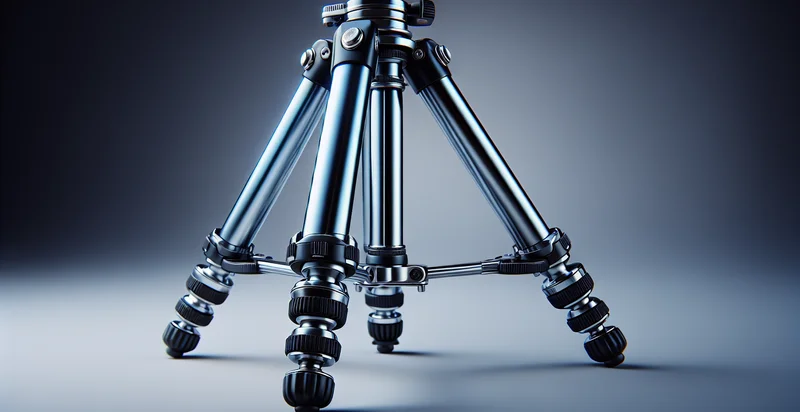Identify what material a tripod is made from
using AI
Below is a free classifier to identify what material a tripod is made from. Just upload your image, and our AI will predict what material a tripod is made from - in just seconds.

Contact us for API access
Or, use Nyckel to build highly-accurate custom classifiers in just minutes. No PhD required.
Get started
import nyckel
credentials = nyckel.Credentials("YOUR_CLIENT_ID", "YOUR_CLIENT_SECRET")
nyckel.invoke("what-material-a-tripod-is-made-from", "your_image_url", credentials)
fetch('https://www.nyckel.com/v1/functions/what-material-a-tripod-is-made-from/invoke', {
method: 'POST',
headers: {
'Authorization': 'Bearer ' + 'YOUR_BEARER_TOKEN',
'Content-Type': 'application/json',
},
body: JSON.stringify(
{"data": "your_image_url"}
)
})
.then(response => response.json())
.then(data => console.log(data));
curl -X POST \
-H "Content-Type: application/json" \
-H "Authorization: Bearer YOUR_BEARER_TOKEN" \
-d '{"data": "your_image_url"}' \
https://www.nyckel.com/v1/functions/what-material-a-tripod-is-made-from/invoke
How this classifier works
To start, upload your image. Our AI tool will then predict what material a tripod is made from.
This pretrained image model uses a Nyckel-created dataset and has 13 labels, including Acrylic, Aluminum, Carbon Fiber, Composite, Fiber Glass, Magnesium, Metal, Plastic, Pvc and Rubber.
We'll also show a confidence score (the higher the number, the more confident the AI model is around what material a tripod is made from).
Whether you're just curious or building what material a tripod is made from detection into your application, we hope our classifier proves helpful.
Related Classifiers
Need to identify what material a tripod is made from at scale?
Get API or Zapier access to this classifier for free. It's perfect for:
- E-commerce Product Verification: This function can be integrated into e-commerce platforms to enhance product listings by ensuring accurate material descriptions for tripods. By automatically identifying materials, it helps prevent misleading advertisements and boosts customer trust.
- Quality Control in Manufacturing: Manufacturers can use this classification function during quality assurance processes to verify that tripods are constructed from the correct materials. This minimizes defects and enhances brand reputation by ensuring products meet required specifications.
- Material Recycling and Sustainability: Recycling facilities can utilize this function to identify the materials of discarded tripods, helping them sort and process items efficiently. This promotes sustainability initiatives by ensuring that raw materials are reused correctly, reducing waste.
- Insurance Assessment: Insurance companies can leverage this function during claims processes related to photography equipment to quickly identify what material the tripod is made from. This information aids in determining coverage and compensation for damaged or stolen items.
- Market Research and Trend Analysis: Marketing analysts can implement this classification technology to study the composition trends of tripods sold on the market. Insights gathered can inform future product lines and pricing strategies based on prevailing material preferences among consumers.
- Product Development and Innovation: R&D teams in photography equipment companies can use this function to analyze competitor products and innovate based on the materials used in successful tripod models. This helps in creating differentiated products that align with market needs.
- Educational Tools for Photography Students: Educational institutions can incorporate this function in their photography courses to teach students about tripod materials and their implications on durability and performance. It serves as an interactive learning tool, enhancing students' understanding of equipment choices.


